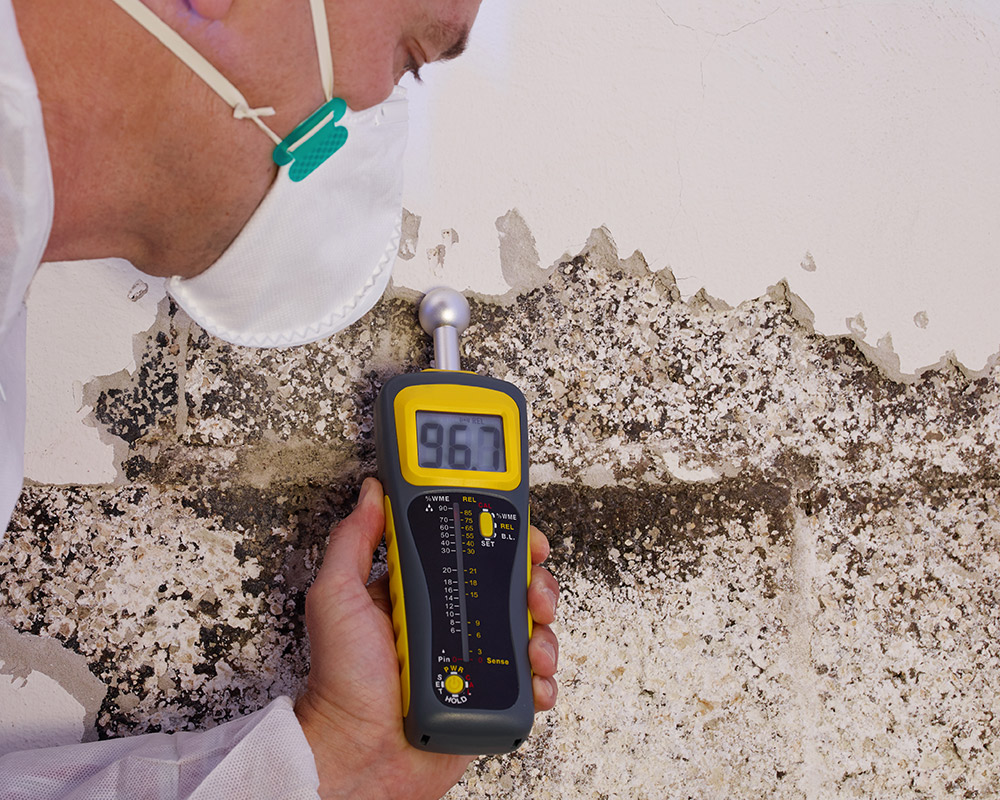Comprehensive Post Mold Remediation Procedures
Comprehensive Post Mold Remediation Procedures
Blog Article
Your Ultimate Guide to Post Mold And Mildew Removal Strategies
Navigating the world of post-mold removal methods is a meticulous procedure that requires attention to detail and an extensive understanding of the ins and outs included. In the aftermath of mold and mildew infestation, recognizing just how to effectively remove the mold and prevent its reoccurrence is paramount for keeping a healthy interior environment. From picking the right cleansing and sanitizing techniques to carrying out methods for long-lasting mold and mildew prevention, each action in the removal journey plays a crucial duty in guaranteeing an effective end result. As we get started on this expedition of post-mold remediation methods, we will uncover the crucial methods and finest techniques that can aid you restore your room to its pre-mold problem and protect it against future mold and mildew dangers.
Comprehending Post-Mold Remediation Process
After finishing the mold removal procedure, it is essential to understand the post-mold removal strategies that are needed to make sure a efficient and complete cleanup. When the mold and mildew has been removed, the next step entails cleaning and sanitizing the influenced areas to stop any regrowth of mold and mildew.
In addition, performing a final inspection post-remediation is essential to guarantee that all mold has been successfully removed. If the assessment reveals any type of remaining mold, added removal might be necessary.
Effective Cleaning and Sanitizing Methods

Protecting Against Future Mold Growth

Importance of Correct Ventilation
Appropriate ventilation plays a vital role in protecting against dampness accumulation, a vital variable in mold growth within interior atmospheres. Effective ventilation systems help eliminate excess moisture from the air, decreasing the opportunities of mold and mildew spores locating the moisture they require to spread out and sprout. Without ample air flow, indoor spaces can come to be a reproduction ground for mold and mildew, resulting in prospective health and wellness dangers and architectural damage.
By ensuring appropriate air flow, air flow systems can additionally assist in drying moist locations more swiftly after water damages or flooding occurrences, further discouraging mold and mildew growth. Post Mold Remediation. Precede like restrooms, attic rooms, kitchens, and cellars where dampness degrees often tend to be greater, setting up and preserving effective ventilation systems is critical in stopping mold and mildew problems

Surveillance and Maintenance Tips
Offered the important function that appropriate ventilation plays in stopping mold and mildew growth, it is important to establish effective monitoring and upkeep pointers to make certain the ongoing performance of air flow systems. Routine evaluations of ventilation systems should be performed to look for any kind of signs of clogs, leaks, or malfunctions that could restrain proper air movement. Tracking humidity degrees within the residential or commercial property is additionally vital, as high humidity can add to mold and mildew growth. Setting up a hygrometer can aid track moisture levels and alert home owners to any kind of spikes that might need interest. Additionally, guaranteeing that air filters are on a regular basis cleaned or changed is essential for maintaining the performance of the air flow system. Implementing a timetable for routine upkeep tasks, such as duct cleansing and HVAC system evaluations, can assist stop issues before they escalate. By staying alert and positive to the condition of ventilation systems, residential property proprietors can successfully reduce the threat of mold and mildew regrowth and preserve a healthy and balanced indoor environment.
Conclusion
In final thought, useful reference post-mold removal techniques are important for ensuring a clean and safe setting. Recognizing the procedure, carrying out efficient cleansing and decontaminating approaches, stopping future mold development, keeping proper air flow, and regular surveillance are all essential action in the removal procedure. By following these standards, you can successfully remove mold and prevent its return, promoting a healthy and balanced living or working space for all passengers.
In the results of mold invasion, understanding exactly how to effectively eliminate the mold and mildew and avoid its reoccurrence is vital for keeping a healthy and balanced indoor atmosphere. As soon as the mold and mildew has been removed, the following action involves cleaning and disinfecting the affected locations to prevent any regrowth of mold - Post Mold Remediation Report. After eliminating noticeable mold growth, it is important to cleanse all surfaces in the damaged location to remove any kind of continuing to be mold spores. To additionally enhance mold avoidance measures, it is necessary to resolve underlying problems that at first led to mold advancement.Provided the important function that correct air flow plays in stopping mold and mildew growth, it is critical to establish efficient surveillance and maintenance tips to ensure the ongoing functionality of ventilation systems
Report this page